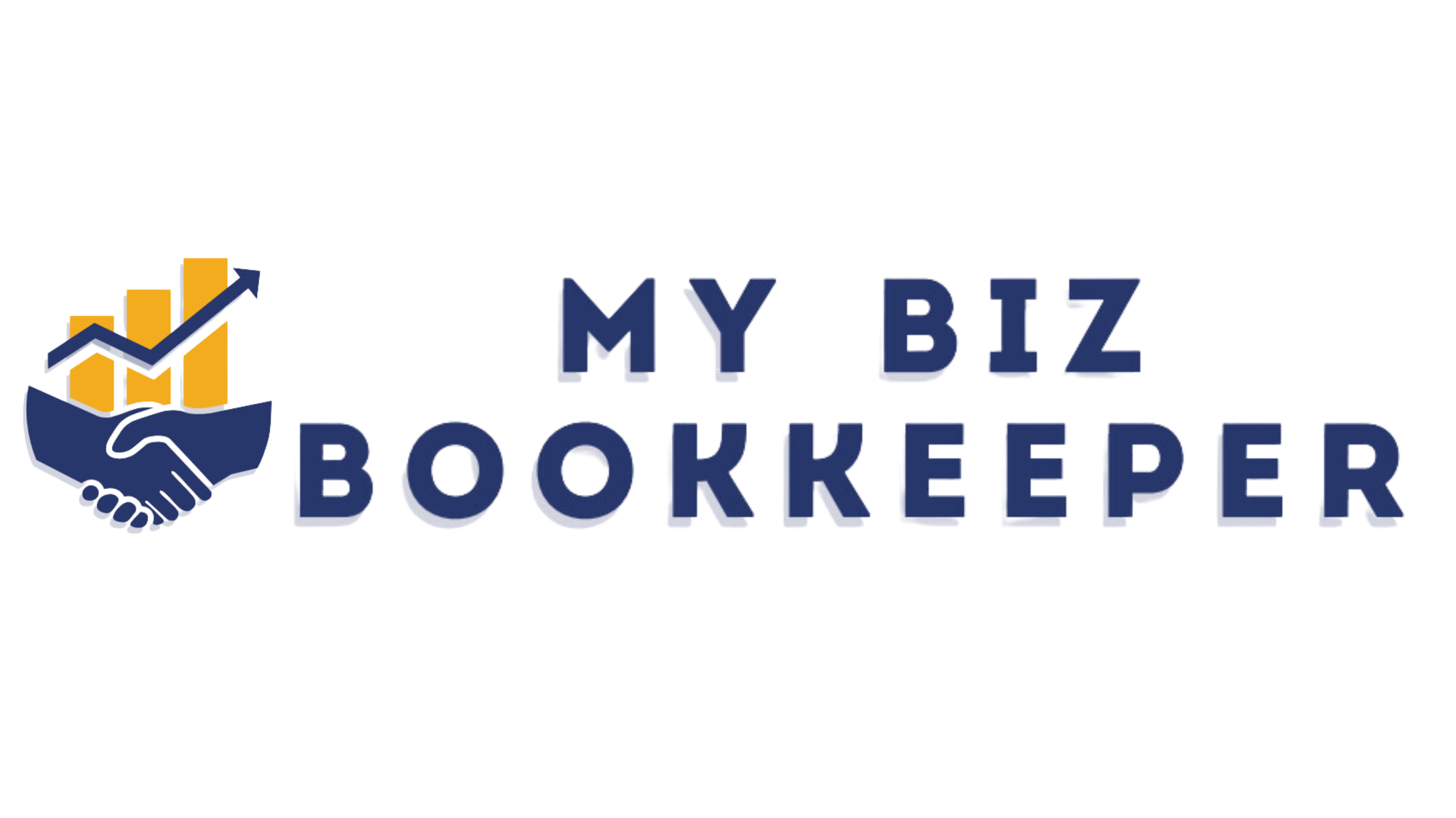Cash Flow Management During Seasonal Transitions | Strategies for Q2 Planning

If you're like some of our clients, you might be feeling the pinch right now. The post-holiday slump, combined with the lingering winter months, often creates a perfect storm for seasonal cash flow challenges. As we transition into spring and look ahead to Q2, now is the ideal time to recalibrate your financial strategy.
The Seasonal Cash Flow Reality
Some clients say that February and March are their nightmare months. Sales drop by almost 40% compared to spring, but overhead costs stay exactly the same.
This is the reality for many businesses. Whether you're a nonprofit, in hospitality, or professional services, seasonal fluctuations can wreak havoc on your cash flow. The good news? With strategic planning, you can navigate these transitional periods without resorting to emergency measures.
Practical Strategies You Can Implement Today
1. Create a Rolling 13-Week Cash Flow Forecast
One of the most powerful tools in your financial arsenal is a detailed 13-week cash flow forecast. Unlike annual forecasts that quickly become outdated, a rolling forecast gives you visibility into the immediate future while being flexible enough to adjust weekly.
Action step: Set aside 30 minutes today to start your forecast. Begin by listing all guaranteed incoming payments and non-negotiable expenses for the next 13 weeks. Update this document every Friday to maintain accuracy. Need help getting started? Check out our guide to Business Budgeting Made Simple.
2. Identify and Trim Discretionary Expenses
During lean periods, distinguish between essential operations and "nice-to-haves."
Action step: Review your last three months of expenses and color-code them into three categories:
- Red: Absolutely essential (rent, utilities, core staff)
- Yellow: Important but flexible (certain subscriptions, some marketing expenses)
- Green: Discretionary (can be paused without immediate business impact)
Consider temporarily reducing or pausing green items until your busier seasons returns. Learn more about evaluating purchases strategically in our article Making Data-Driven Purchase Decisions.
3. Negotiate Payment Terms with Vendors
Many vendors would rather work with you on payment terms than lose your business entirely.
Action step: Make a list of your top five vendors by expense amount. Call each one this week to discuss whether they offer seasonal payment plans or extended terms during your slow period. Be transparent about your situation and offer something in return, such as prepayment during your peak season.
4. Diversify Revenue Streams for Slow Periods
The businesses that weather seasonal fluctuations best are those that develop complementary offerings for their off-seasons.
Action step: Brainstorm three potential services or products that would appeal to your existing customers but might perform better during your traditionally slow months. For example, a restaurant could offer meal prep kits or cooking classes during slower weekdays or a photographer could offer photo restoration or digitization services during the off-season.
5. Optimize Your Invoicing Process
Late payments compound seasonal cash flow problems. Tightening up your invoicing process can make a significant difference.
Action step: Review your accounts receivable aging report today. For any invoice over 30 days past due, follow up with a personal phone call rather than another email. For new invoices, consider offering a small discount (2-3%) for immediate payment.
6. Build a Cash Reserve During Peak Seasons
The best time to prepare for a cash crunch is when cash is abundant.
Action step: Once your busy season begins, commit to transferring a set percentage (aim for 5-10%) of each deposit into a dedicated savings account that's earmarked specifically for off-season operations.
Looking Ahead to Q2
As we move into spring, use these strategies to create a financial bridge between your slow season and the busier months ahead. With careful planning, the seasonal transition doesn't have to mean financial stress.
Remember: cash flow management isn't just about surviving the lean times—it's about positioning your business to thrive when opportunities arise.
Need help implementing any of these strategies? We specialize in helping small businesses optimize their financial systems for year-round stability. Contact us for a consultation.
📞 Call: (214) 306-7850 📧 Email: hello@mybizbookkeeper.com





